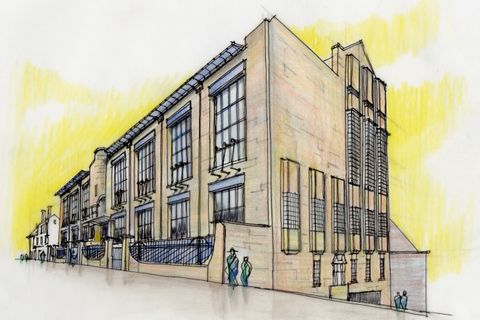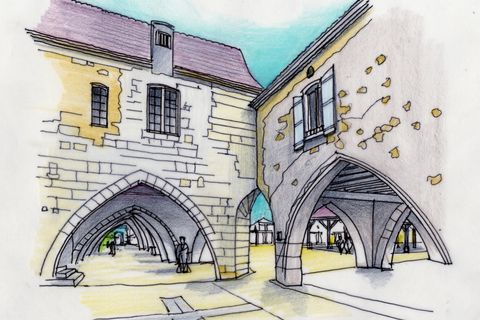During World War I, the railway line was divided in two by barbed wire at the border by the Germans, but after 1918, train traffic resumed. Due to competition from bus services, passenger train transport on this line was discontinued in 1934. In 1959, most of the Baarle-Nassau Grens station building was demolished, leaving only the platforms intact. Freight trains still operated twice a day at that time. On June 1, 1973, the last official train ran. After the definitive closure of the Tilburg-Turnhout railway line in 1973, the Steamtrain Tilburg-Turnhout Foundation was established in 1974. This Foundation operated museum trains between Tilburg West station (since 2011, Tilburg University) and Baarle-Nassau until 1982. After the foundation went bankrupt in 1984, the railway line on the Dutch side was dismantled. Only the section between Herentals and Turnhout, part of line 29, is still in use today. However, you can still experience the Bels lijntje. In 1989, a cycle path was laid along the track bed from Tilburg (Oude Warande) to Turnhout. Until 1993, a section of the cycle path was missing between Baarle and the border, but it has now been extended. Only one section of the cycle path could not be laid on the railway track, in Alphen, because buildings had already been constructed. The cycle path passes straight through Baarle and crosses the border repeatedly. When I want to place my feet on both sides of the border in Baarle, it feels like I'm playing Twister with hands and feet on different points. Nothing like my first experience of a border in Australia!









